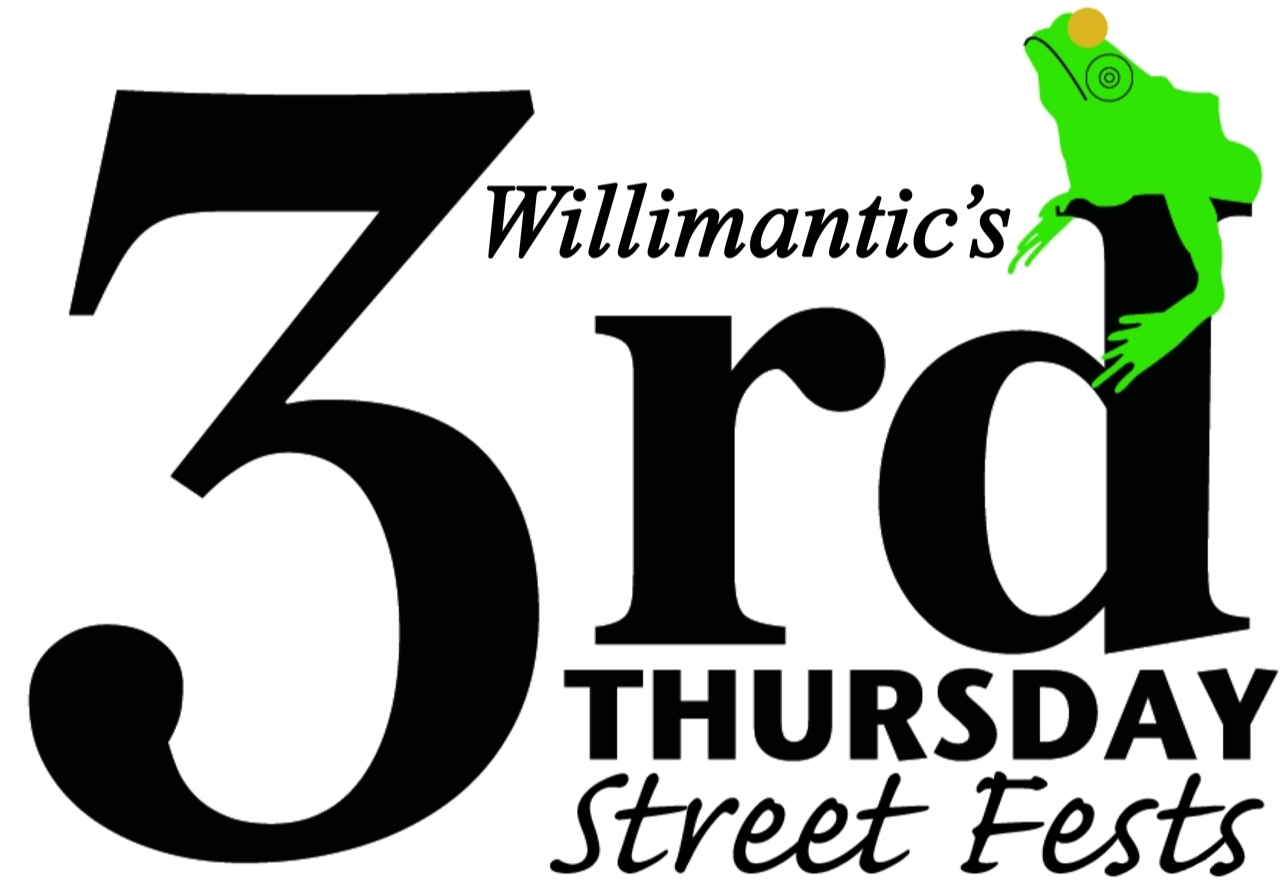Willimantic's History
| The word Willimantic is the Algonquin Indian term for "land of the swift running water". Prior to 1821, the village was known as Willimantic Falls and was a single school district where about 20 families resided. In 1822, Charles Lee erected a stone factory on Main Street. Small shops and manufacturers had built on the banks of the Willimantic before, but this was the beginning of Willimantic as we know it. |  Windham Mills today |
| In 1825, the three Jillson brothers built a factory along the Willimantic, and in 1827, they built a second building. By 1828, there were six cotton factories in Willimantic, all of them were built within a seven year span. By 1849, railroads were adding to the growth of Willimantic. The first three railroads to go through Willimantic were the New London Northern Railroad, the Willimantic Railroad and the Palmer Railroad. It was not long before others followed. Railroads were not the only form of transportation, trolleys were common from 1902 to 1932. Trolleys regularly ran from Willimantic to Coventry, where they continued into Hartford. | |
 Jillson House - 1824 |
 Footbridge - 1908 |
| From the end of the Civil War to the outbreak of World War II Willimantic was the center for the production of silk and cotton thread. This was the Victorian era and the height of Willimantic's grandeur. Many of the most interesting buildings in Willimantic, as well as many of the mansions on in the Victorian Hill section were built during this time. Hotels were built to accommodate the travelers coming into the area, including the Hooker House Hotel and the Windham Hotel. Traveling salesmen would visit the area regularly to sell their goods. The grand Capital Theater opened downtown in 1926. It was during this time that immigrants from Europe came to Willimantic. Irish, Italians, Polish, Germans, and French Canadians came to work in the mills. The young ladies who did not wish to work in the mills could be domestic help to the wealthier families in town. Later, Estonian, Ukraine, Latvian, Lithuanian, and Puerto Rican immigrants came looking for jobs in the mills. Willimantic grew to be a very culturally rich town. | |
| In 1833 Willimantic was a borough of Windham. In 1893 it became a city. In 1983, the City and the Town consolidated and became one town again. A Board of Selectmen was set up to run the town. Selectmen were voted into office from each of the districts of town. Before the consolidation Windham was governed by a town council, and Willimantic by a City Hall. |  |
| By the 1970s, New England was not the prosperous industrial area it had once been. Factories were closing their doors or relocating to the South. The American Thread Company, the largest employer in town, left the area in 1985 and it was a devastating blow to the area financially. Today, Willimantic is being revitalized and being recognized as an area with much to offer. | |
 |
What's with the frogs?It all started in June of 1754. The villagers of Windham were awakened in the middle of the night by terrible sounds coming from up the road. The settlers prepared for battle, fearing it was an Indian attack. When morning came the villagers grabbed their guns and marched towards the direction of the noise. When they arrived at the nearby pond the villagers were shocked to find the bodies of hundreds of dead bullfrogs. Those frogs that were still alive were heading towards the Willimantic River. The reason for the Bullfrog Battle was unclear. Some say there had been a drought, and the Bullfrogs were fighting for territory. Others say it was not a particularly dry summer, and there had been no drought. Another version is that the Miller had opened the dam's gate leaving the water level quite low. The pond was named Frog Pond from then on. The villagers took the frogs on as their mascot. To this day, you can see frogs all over Windham. Many towns in Connecticut have nicknames according to what their factories produced, or what the town was or is famous for. Willimantic is the "Thread City" because of the American Thread Company, which was the largest employer in town. |
